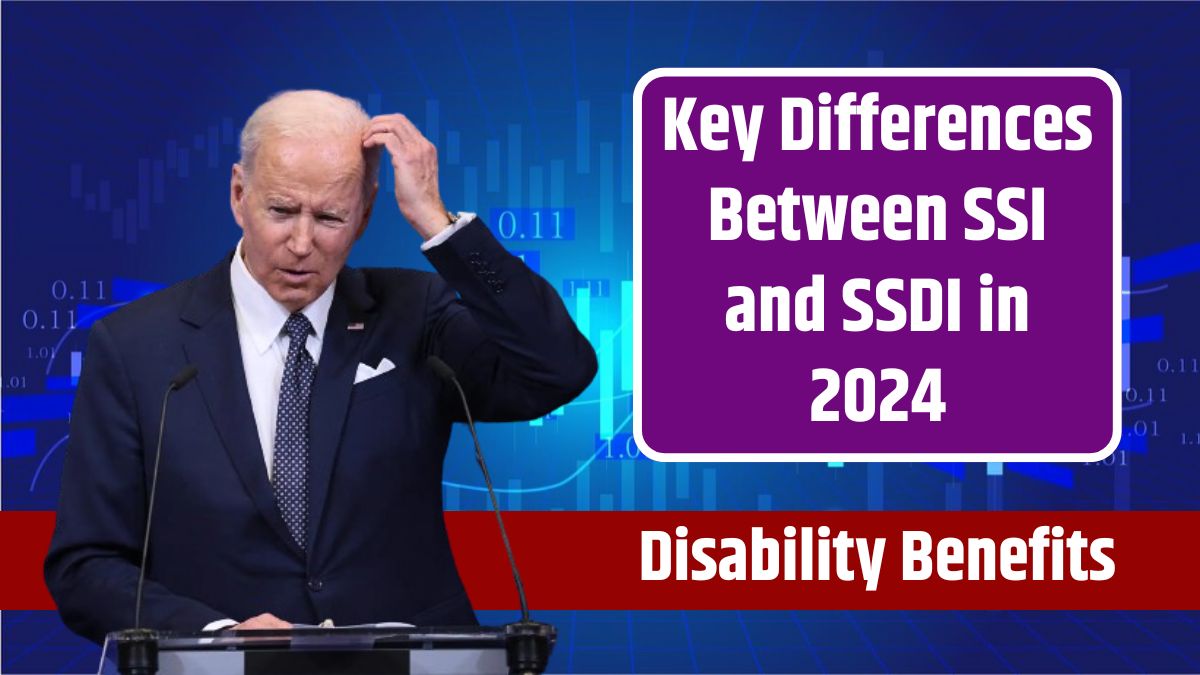Knowing the world of Social Security benefits can be complex, especially when distinguishing between Supplemental Security Income (SSI) and Social Security Disability Insurance (SSDI). Each program serves different populations and has unique eligibility criteria and benefits. Let’s break down the key differences, payment amounts, and additional details about these two important programs.
Work Credits
SSDI is designed for individuals who have worked, paid Social Security taxes, and accumulated sufficient work credits. To qualify, you must have a disability that prevents you from working for at least one year. Your eligibility hinges on your work history and the amount of Social Security taxes you have paid.
SSI: Based on Need
Conversely, SSI provides financial assistance to individuals with low income who may not have sufficient work history to qualify for SSDI. This program supports retirees, disabled individuals, and others who meet specific low-income criteria. Importantly, SSI does not require recipients to have paid into Social Security.
Payment Amounts
The payment amounts for SSI and SSDI differ significantly, reflecting the distinct purposes and funding mechanisms of each program.
SSDI Payments
SSDI payments are generally higher than SSI payments because they are based on the recipient’s earnings history.
- Average SSDI Payment: Approximately $1,537
- Maximum SSDI Payment: Up to $3,822
SSI Payments
SSI payments are designed to supplement the income of individuals who have limited financial resources.
- Single Recipients: Up to $943
- Married Recipients: Up to $1,415
- Average SSI Payment (as of June 2024): About $697
Funding Sources
Another critical difference between the two programs is their funding sources.
SSDI Funding
SSDI benefits are funded through payroll taxes paid by workers and their employers to the Social Security Administration (SSA). This connection to work history and tax contributions underscores the insurance aspect of SSDI.
SSI Funding
SSI benefits, on the other hand, are funded by general tax revenues from the Federal government. This ensures that assistance is available to individuals who may not have sufficient work history but still require financial support due to low income.
Eligibility Criteria
- Must have a disability that prevents working for over a year
- Must have sufficient work credits based on age at disability onset
SSI Requirements
SSI eligibility is broader and can include individuals without a disability.
- Disability or Blindness: Adults or children with disabilities or blindness
- Age: Individuals aged 65 or older
- Income: Must meet low-income criteria
Knowing the differences between SSI and SSDI is crucial for those navigating disability benefits. SSDI is aimed at individuals who have a sufficient work history and have paid into Social Security, offering higher payments based on prior earnings.
SSI, funded by federal taxes, supports those with limited income, regardless of their work history, and includes additional criteria such as age and disability status. By comprehending these distinctions, beneficiaries can better navigate their options and secure the financial support they need.
FAQs
Who qualifies for SSDI benefits?
Individuals with sufficient work credits and a qualifying disability.
What is the maximum SSI payment for a single person?
Up to $943 per month.
How is SSDI funded?
Through payroll taxes paid by workers and employers.
Can someone qualify for SSI without a disability?
Yes, if they are aged 65 or older and meet low-income criteria.
What is the average SSDI payment?
Approximately $1,537 per month.








